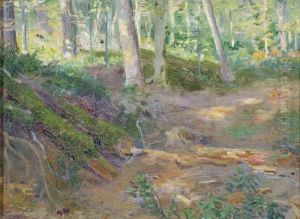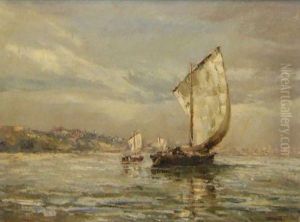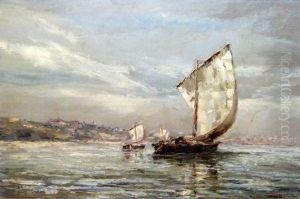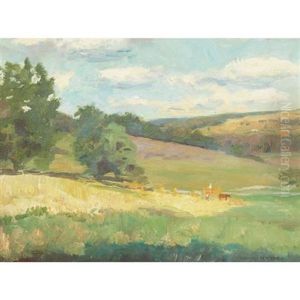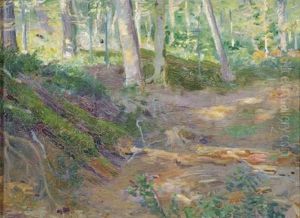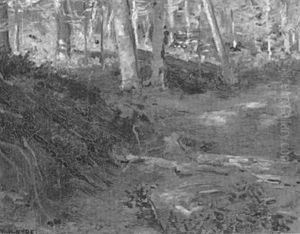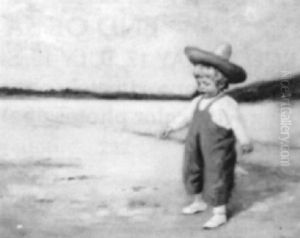William Henry Hyde Paintings
William Henry Hyde, born in 1858, was an American artist who managed to etch his name into the annals of late 19th and early 20th-century art through his distinct contributions to painting and illustration. Primarily recognized for his watercolors and illustrations, Hyde's style and subject matter often reflected the prevalent themes of his era, capturing the essence of the American and European landscapes and scenes with a keen eye for detail and a profound sense of atmosphere.
Hyde's journey into the world of art began at a young age, influenced by the cultural milieu of his time and propelled by a natural inclination towards the visual arts. His education in art took a formal turn when he decided to refine his skills by studying under established artists and at renowned institutions, a common practice among aspiring artists of his time. Hyde's commitment to his craft saw him traveling extensively, especially across Europe, where he absorbed the influences of various artistic movements and techniques, which he later incorporated into his own work.
Throughout his career, William Henry Hyde remained an active participant in the art community, contributing not only through his artworks but also through his engagement in artistic circles and exhibitions. His works were exhibited in prestigious venues, receiving recognition and accolades that cemented his reputation as a skilled watercolorist and illustrator. Hyde's illustrations found their way into popular publications of the day, allowing a broader audience to appreciate his talent.
Despite the passage of time, William Henry Hyde's legacy endures, primarily through his contributions to the field of watercolor painting and illustration. His ability to capture the transient beauty of landscapes and scenes with precision and emotional depth continues to resonate with art enthusiasts and collectors. Hyde's death in 1943 marked the end of an era, but his work lives on, a testament to his skill, vision, and dedication to the art world.
